The sun is the star around which our planets revolve. It plays a crucial role for life on Earth by providing light and heat. But the sun is also responsible for spectacular phenomena, such as the auroras.
The sun goes through different cycles that affect its activity. One of these cycles is the 11-year sunspot cycle. During this cycle, dark spots known as sunspots appear on the surface of the sun. These spots are areas of increased magnetic activity and are often associated with solar flares. One type of solar flare is the solar wind, which hurls electrically charged particles into space. When these particles reach Earth, they can interact with the gases in the atmosphere and cause spectacular light phenomena known as auroras. Although polar lights usually occur in the polar regions, they can sometimes appear in regions further away from the pole, such as recently in Germany. This happens during periods of increased solar activity, when the solar wind is stronger and affects the Earth’s magnetic fields. We can see an exceptionally strong eruption (a so-called protuberance) here at the South Pole (the image has been processed for better visibility). The yellow dot represents the earth as a size comparison.
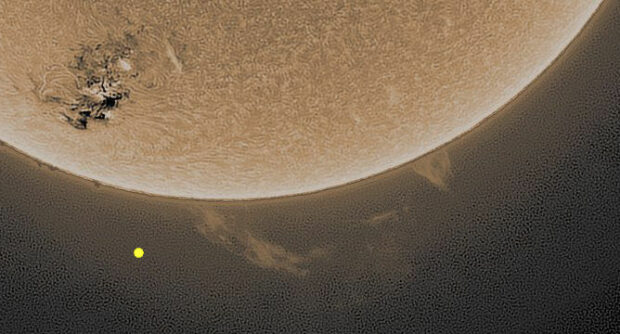 Polar lights are a fascinating example of how the activity of our star can influence life and the environment on Earth. They not only offer a breathtaking spectacle in the sky, but also remind us how closely our planet is connected to the star.
Polar lights are a fascinating example of how the activity of our star can influence life and the environment on Earth. They not only offer a breathtaking spectacle in the sky, but also remind us how closely our planet is connected to the star.
Images and text: Patrick Staden


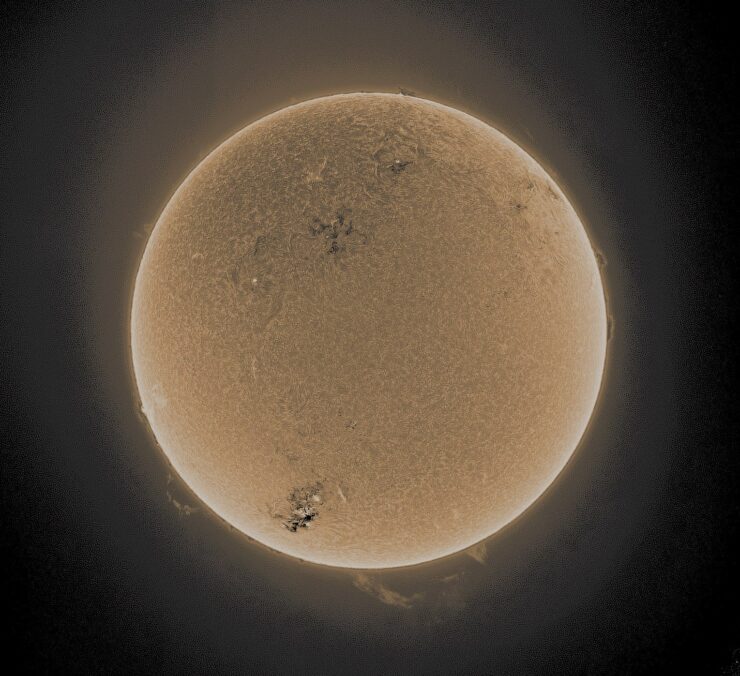
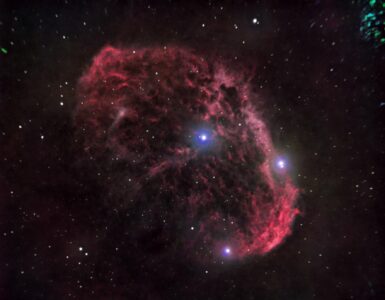
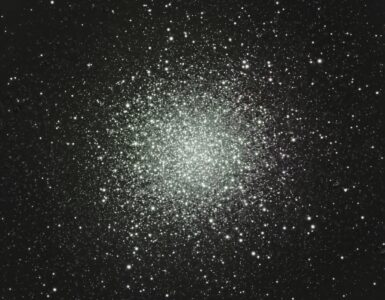
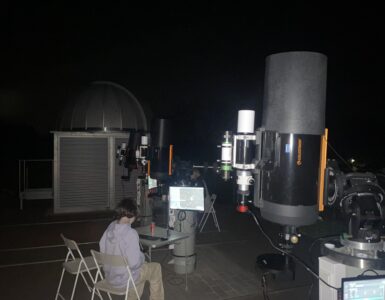
Add comment